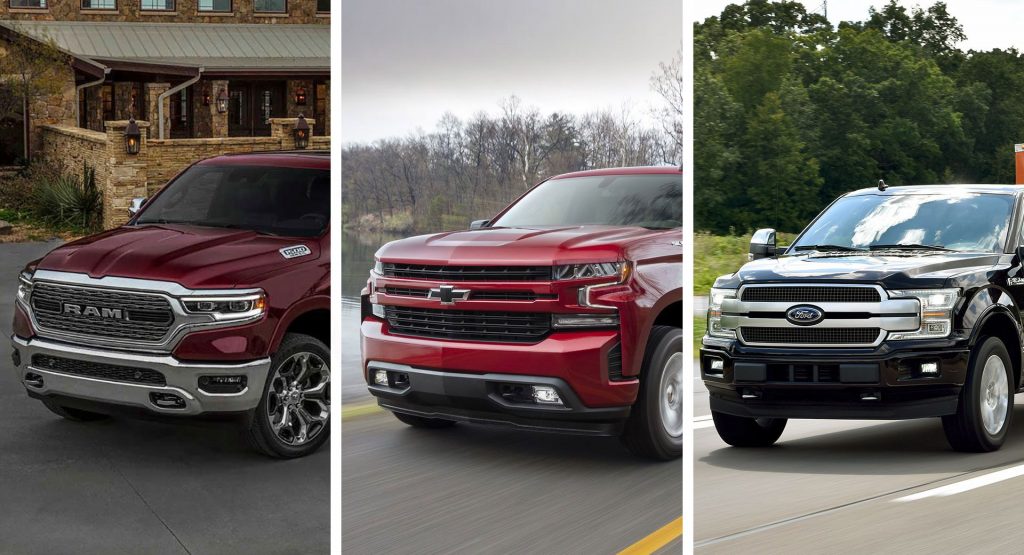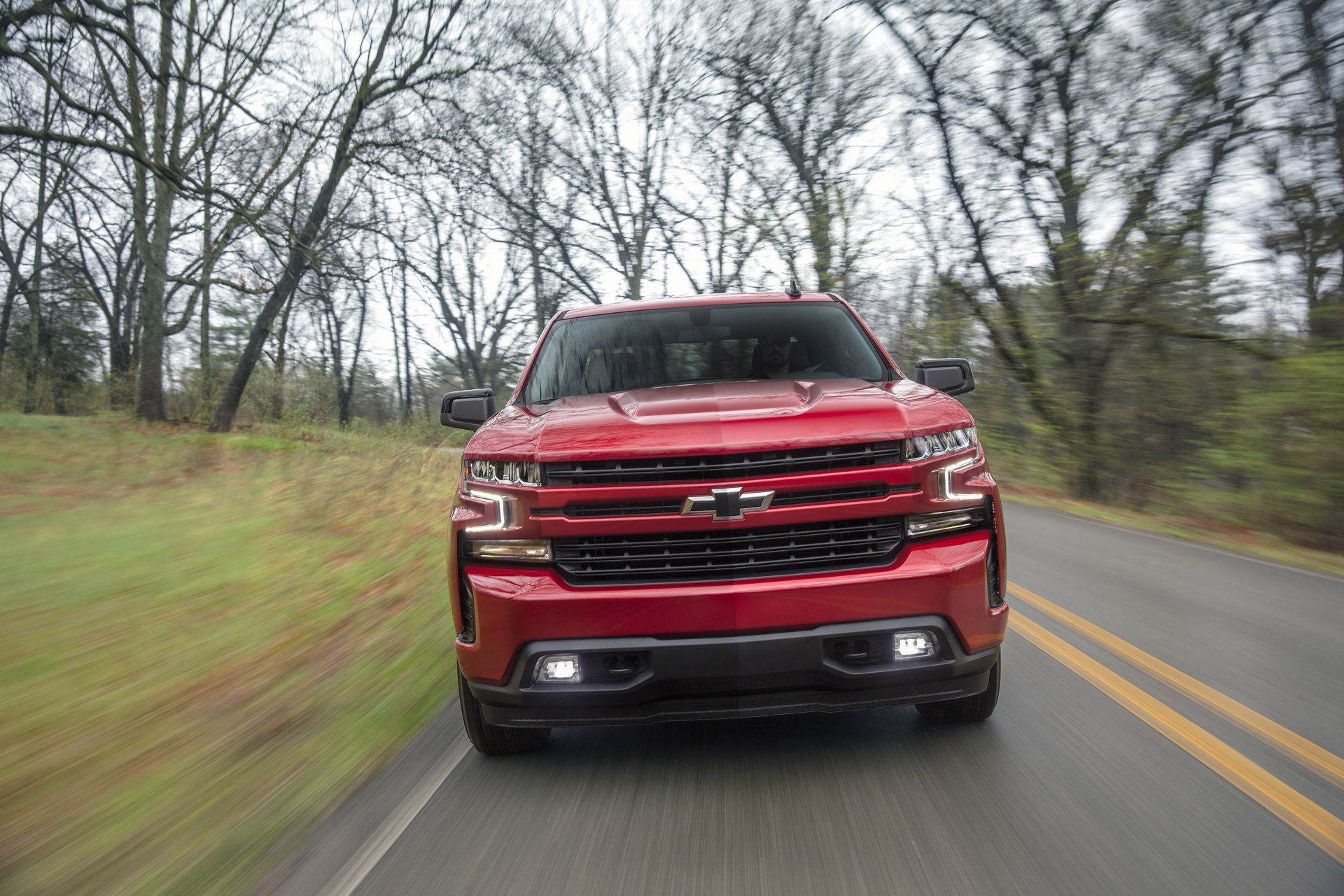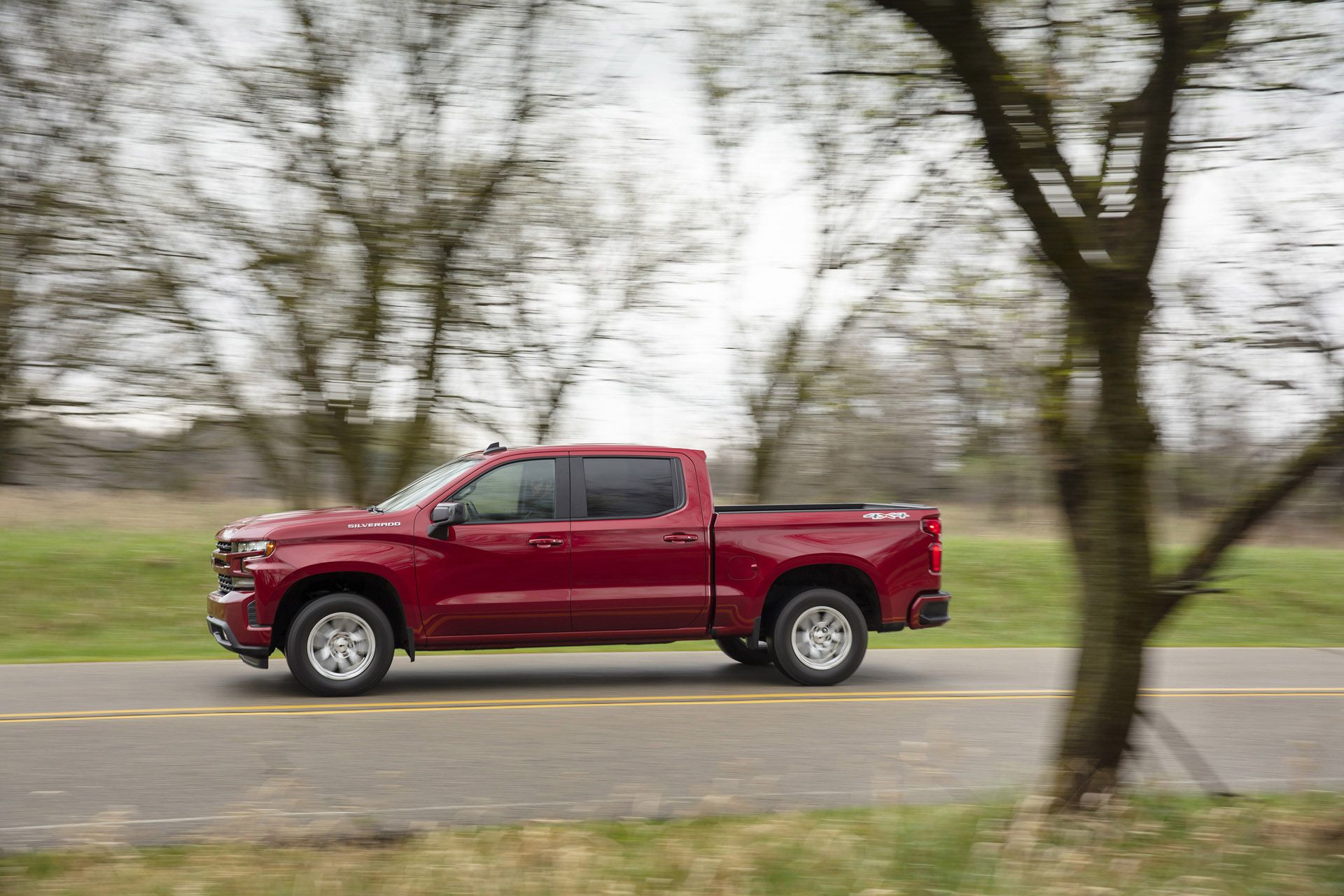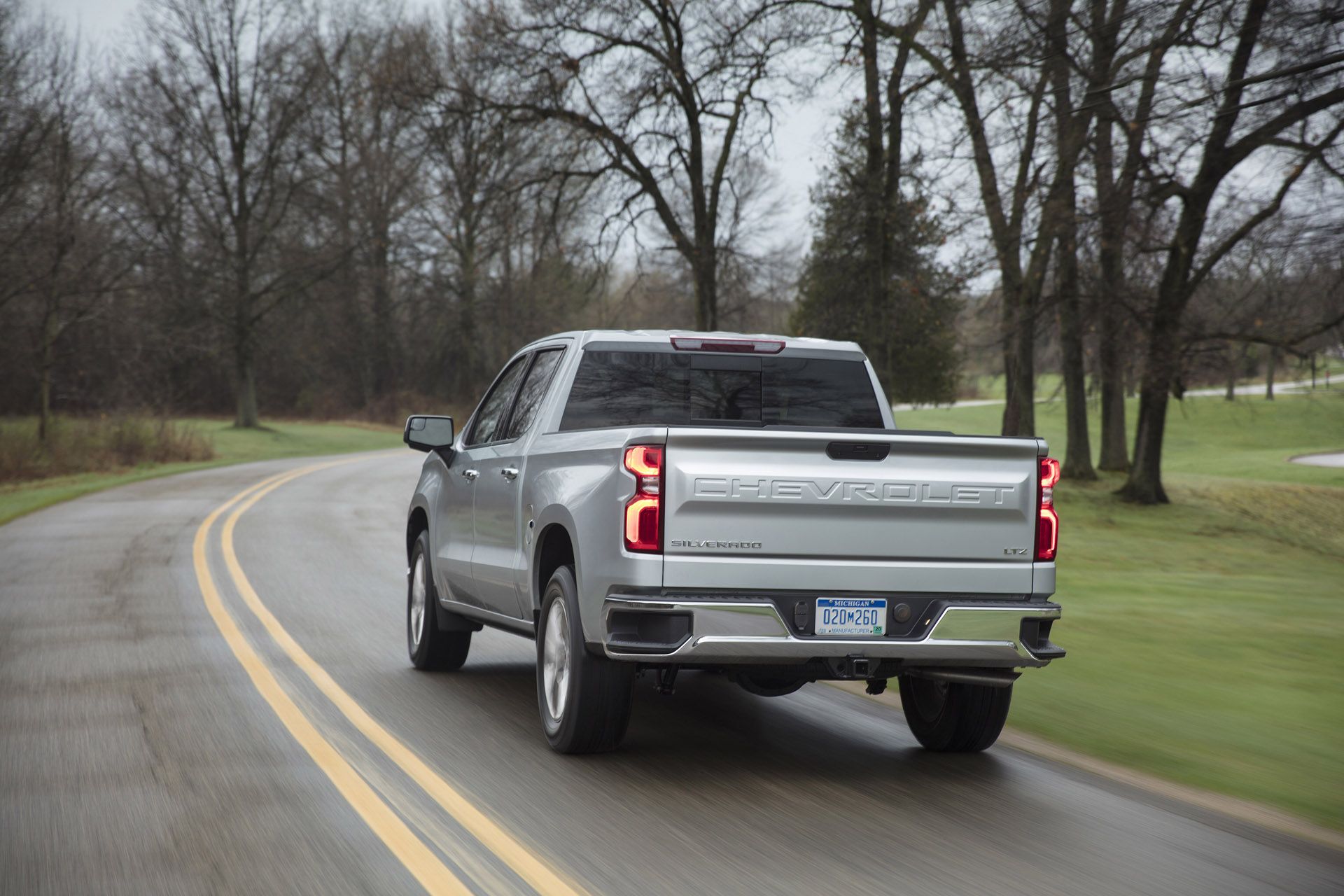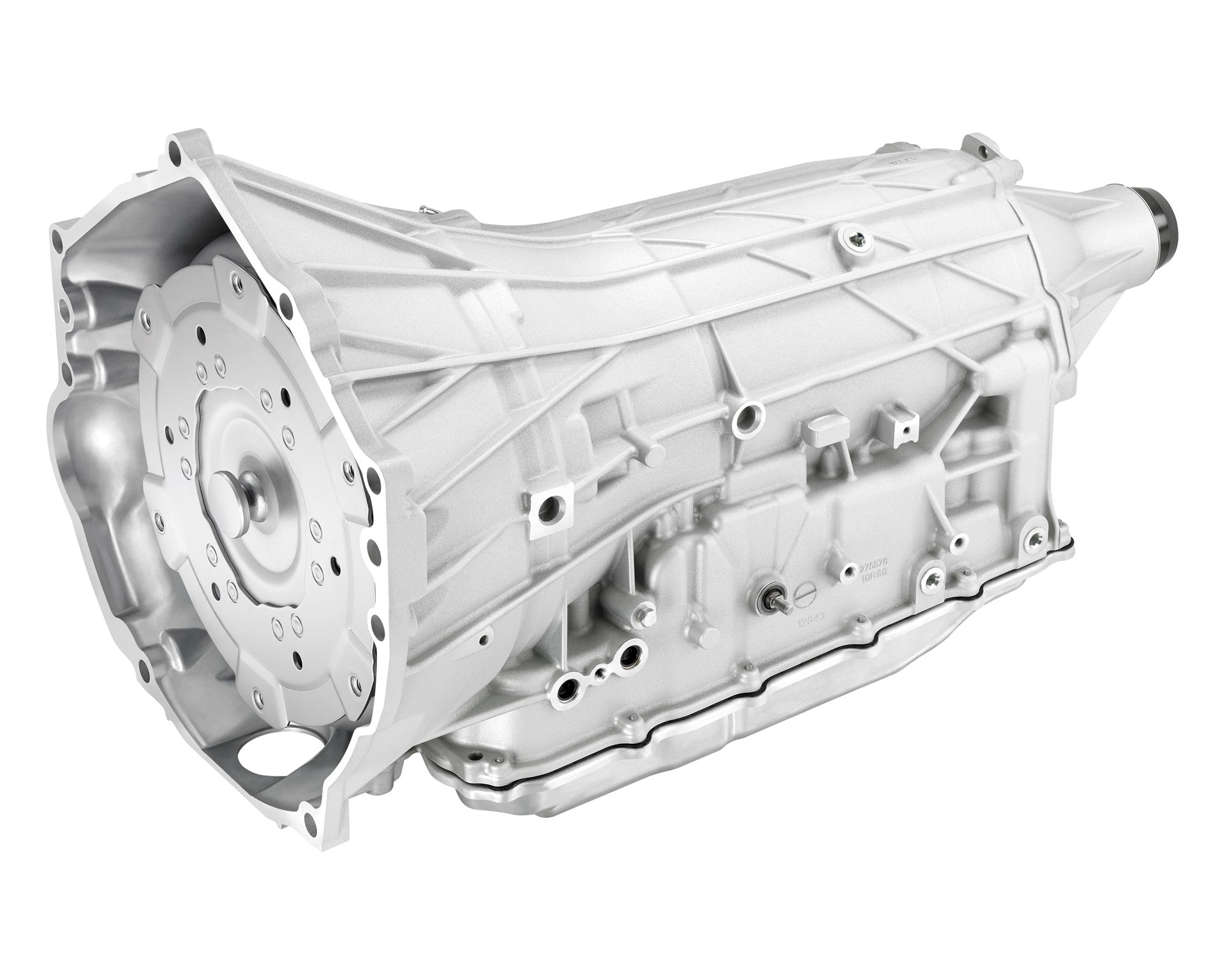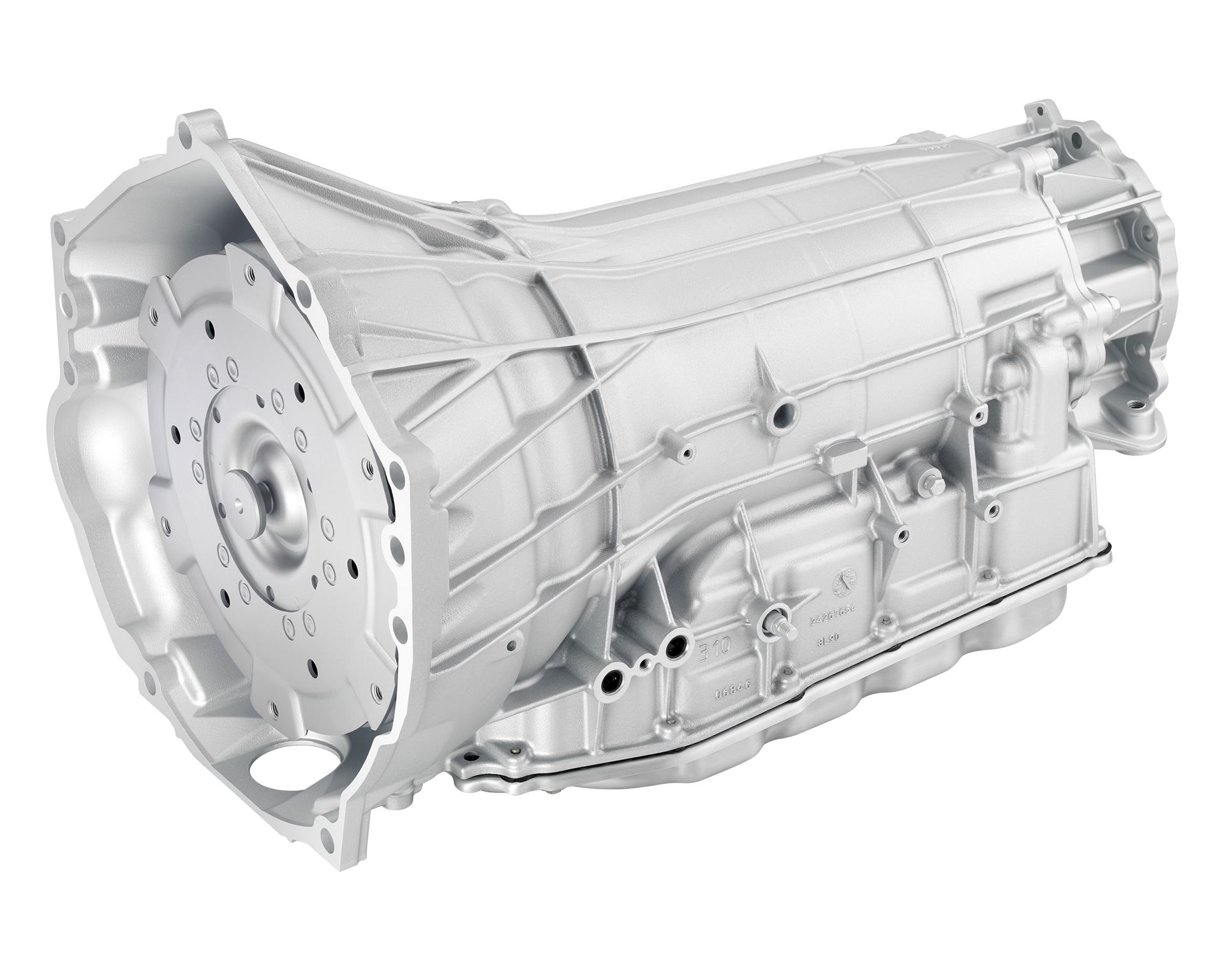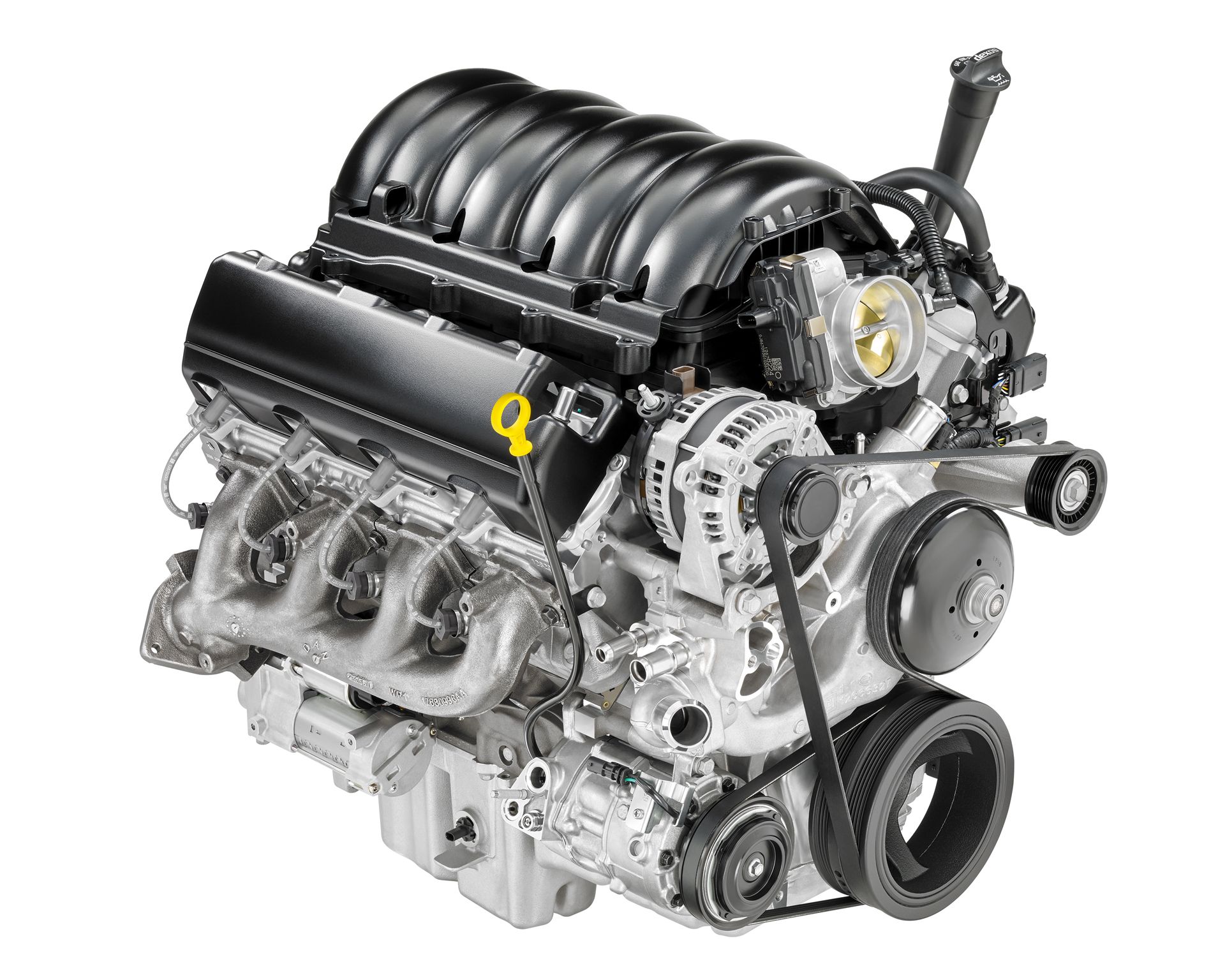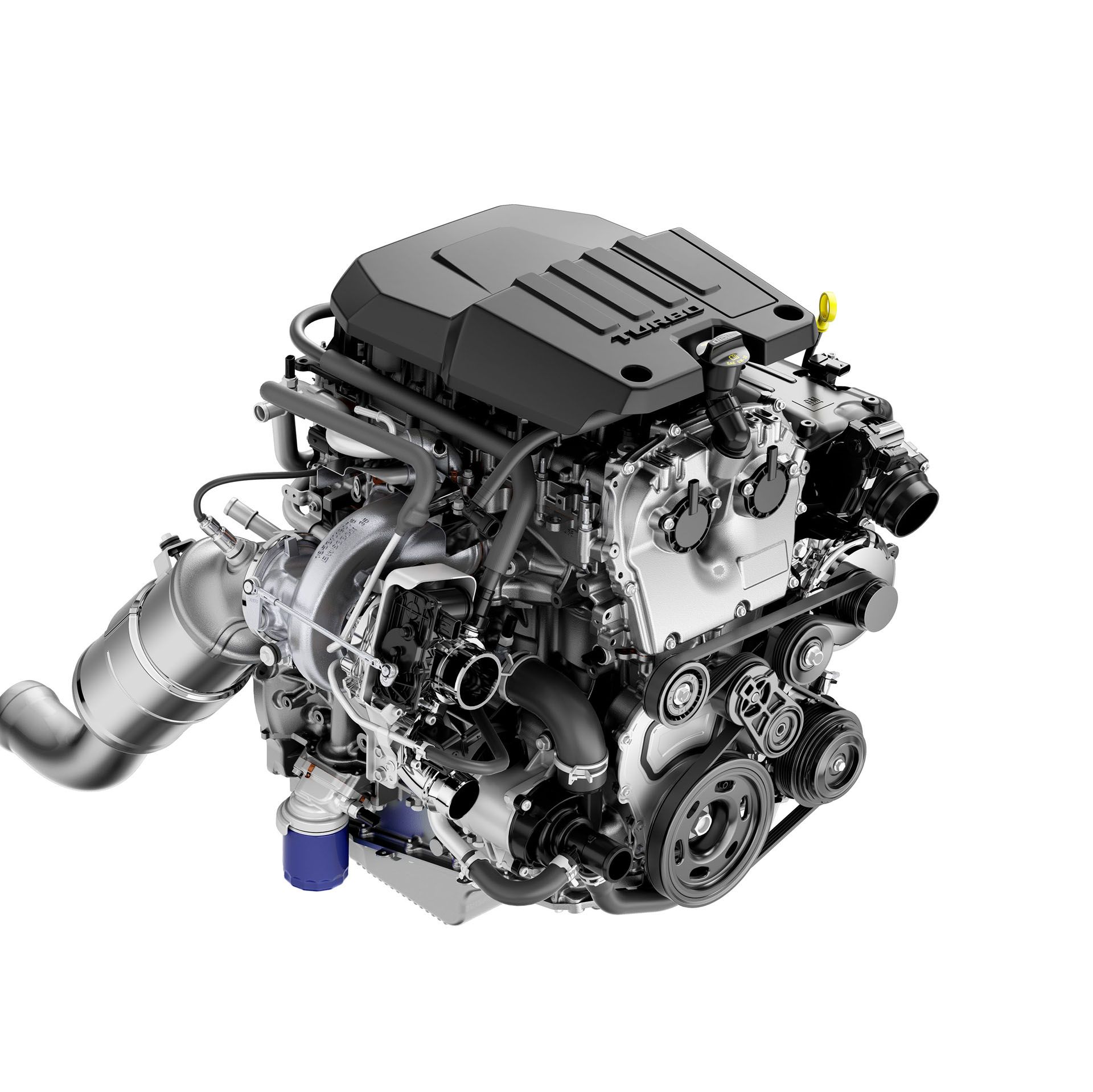Chevrolet’s surprising debut of its all-new, 2.7-liter turbocharged four-cylinder has got the truck segment in shock. This high-tech engine kicks out an SAE-certified 310 horsepower at 5,600 rpm and an impressive 348 pound-feet of torque from 1,500 to 4,000 rpm. It’s also clear the 2019 Chevy Silverado 1500 is shooting to win the half-ton fuel efficiency game.
Ford has spent big bucks developing and marketing its EcoBoost line of V-6 engines, especially for the F-150. It also just debuted a new 3.3-liter V-6 as the base engine for the 2018 model year. Until Chevy’s 2.7-liter, the 3.3-liter was the smallest, least powerful, yet more fuel-efficient naturally aspirated V-6 in the segment.
Ram, on the other hand, has spent years relying on the venerable 3.6-liter Pentastar V-6 as the base engine is its half-ton pickup. In fact, the engine remains largely unchanged in the all-new 2019 Ram 1500, despite the addition of Ram’s new eTorque mild hybrid system.
Toyota and Nissan don’t offer anything smaller than a V-8 in their pickups. Nissan has continuously said an all-new V-6 is coming for the second-generation Titan, but that’s been nothing but an empty promise since 2016.
As for exactly how Chevrolet is squeezing so much from so little, all comes down to science. The small-displacement four-cylinder uses an innovative dual-volute turbocharger designed to improve throttle response and low-speed torque. The turbo is fed through an exhaust manifold integrated into the cylinder head. The design further reduces lag while also helping with warm-up times.
More common parts include direct fuel injection and continuously variable valve timing with high- and low-lift valve profiles. An electric water pump and a variable-pressure oil pump help reduce parasitic drag and direct injection feeds fuel right into the cylinders.
The 2.7-liter’s list of fuel-saving equipment is also long. Chevy gave it Active Fuel Management – a system that cuts fuel to certain cylinders during light-load operations – and an Auto Stop/Start system. Thankfully Chevy also includes an off button for the latter. The engine’s design and construction also shave 80 pounds off the 2019 Silverado’s curb weight compared to the 4.3-liter V-6.
Here’s the breakdown of engines specs.
| Model | 2019 Chevy Silverado | 2018 Chevy Silverado | 2018 Ford F-150 | 2018 Ford F-150 | 2019 Ram 1500 |
|---|---|---|---|---|---|
| Engine | 2.7-liter turbo 4-Cylinder | 4.3-liter Vortec V6 | 3.3-liter Ti-VCT V6 | 2.7-liter EcoBoost V6 | 3.6-liter Pentastar V6 with eTorque |
| Power | 310hp @ 5,600 rpm | 285hp @ 5,300 rpm | 290hp @ 6,500 rpm | 325 hp @ 5,000 rpm | 305hp @ 6,400 rpm |
| Torque | 348 lb-ft @ 1,500 to 4,000 rpm | 305 lb-ft @ 3,900 rpm | 265 lb-ft @ 4,000 rpm | 400 lb-ft @ 2,750 rpm | 269 lb-ft @ 4,800 rpm |
| Transmission | 8-speed automatic | 6-speed automatic | 6-speed automatic | 10-Speed automatic | 8-speed automatic |
| EPA | TBA | 18 mpg city 24 mpg highway 20 mpg combined *RWD |
19 mpg city 25 mpg highway 22 mpg combined *RWD |
20 mpg city 26 mpg highway 22 mpg combined *RWD |
TBA |



